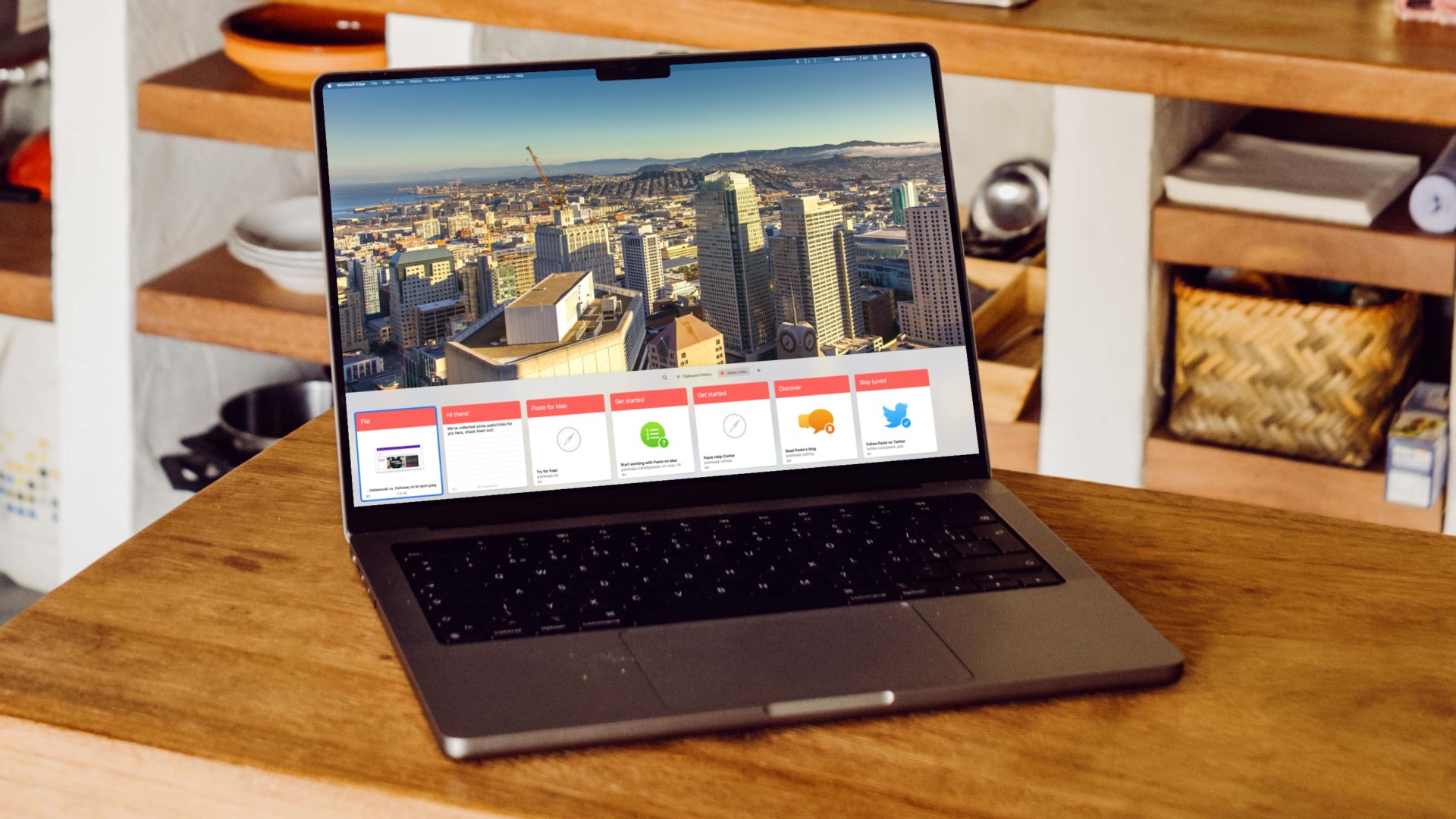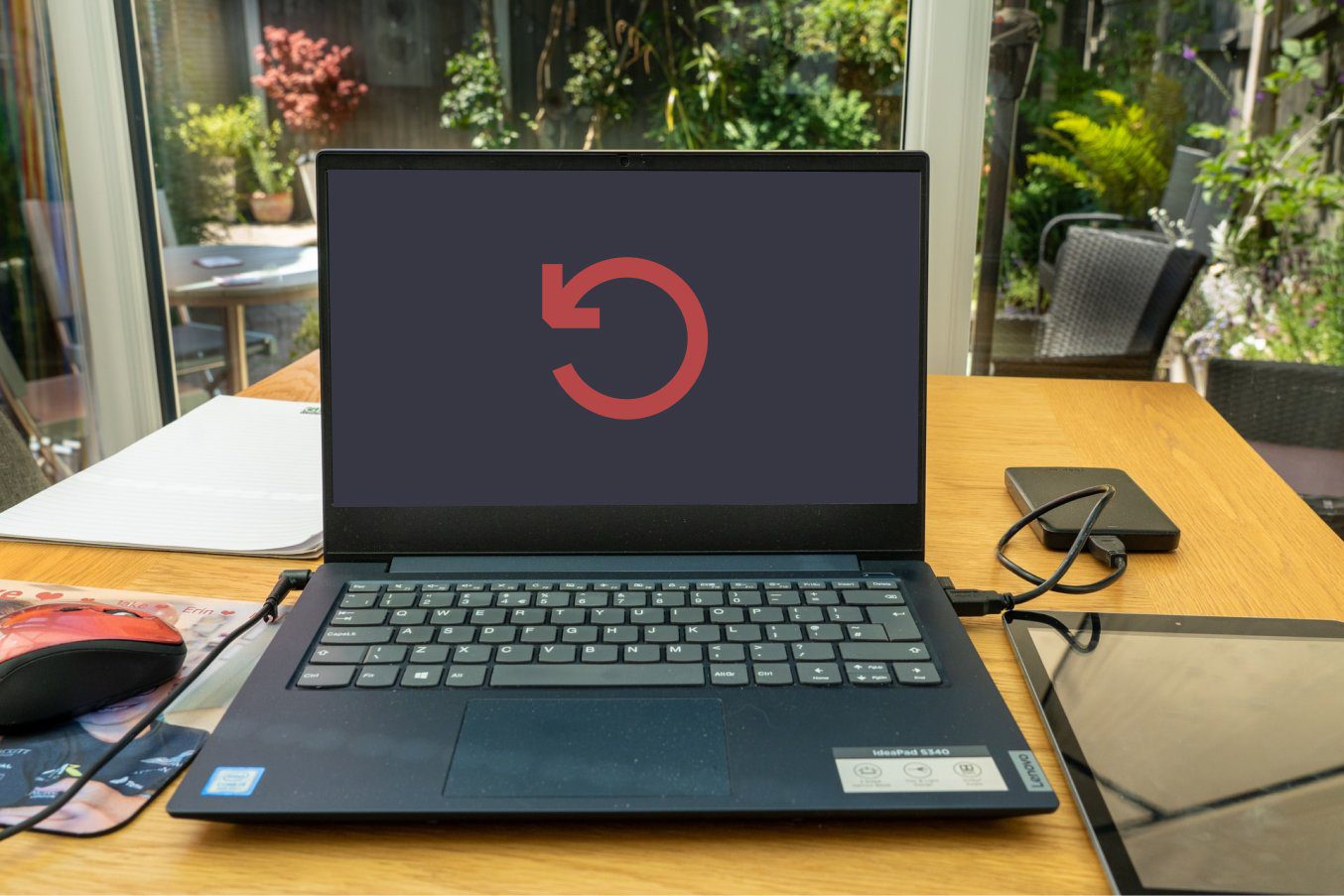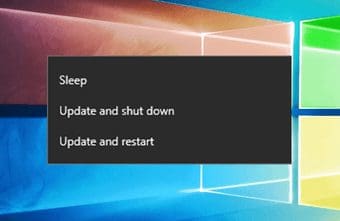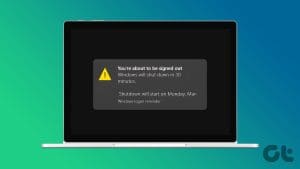Are you curious to find out how often your Mac has been rebooted or shut down?
Or how long your Mac has been running without a reboot?
And your Mac allows you to find that out!
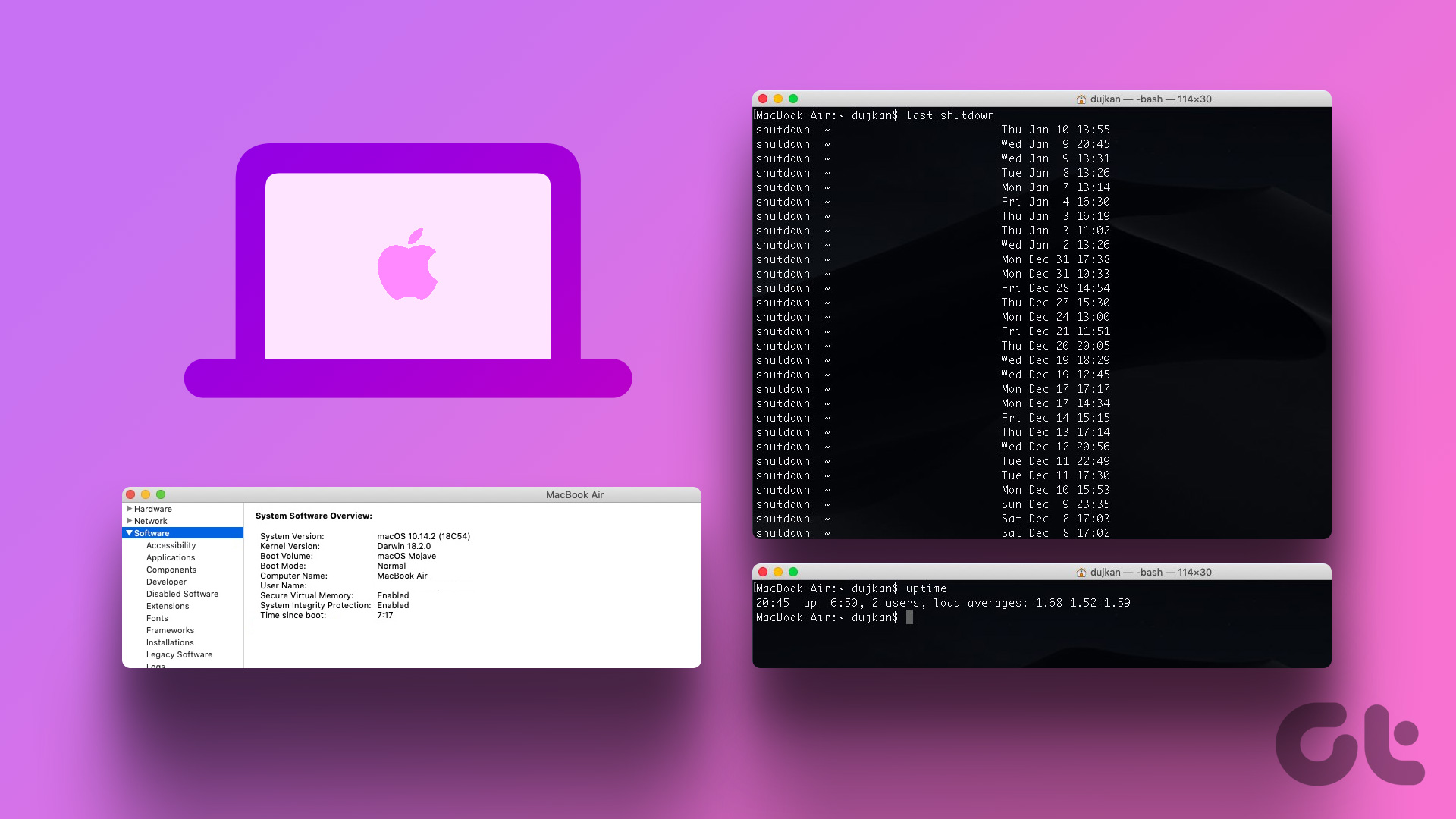
This article will guide you on how to check your Macs uptime, reboot, and shutdown history.
With that out of the way, lets begin with the article.
Note: We are running on macOS Ventura 13.0.1.
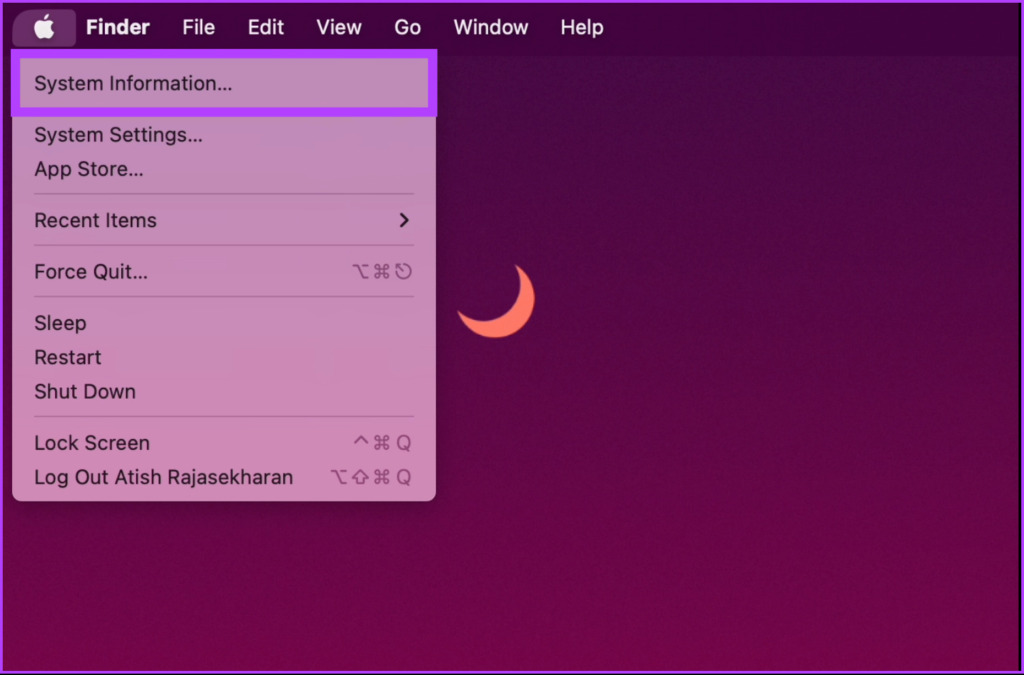
We will use Macs System Infomation and Terminal to find uptime on Mac.
The methods and steps mentioned below are straightforward and simple to execute.
Step 2: From the drop-down menu, select System Information.
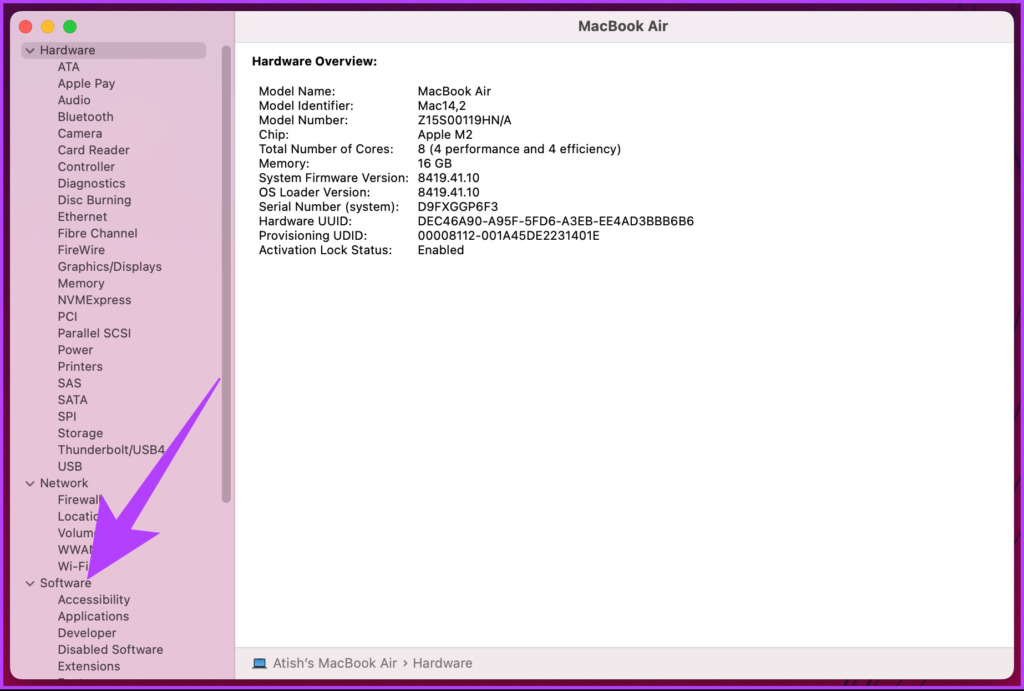
Step 3: In the left pane, choose Software.
In the right pane, under System software overview, you could see the Time since boot.
Time since boot dictates the last time your Mac was booted, apparently giving the uptime of your Mac.
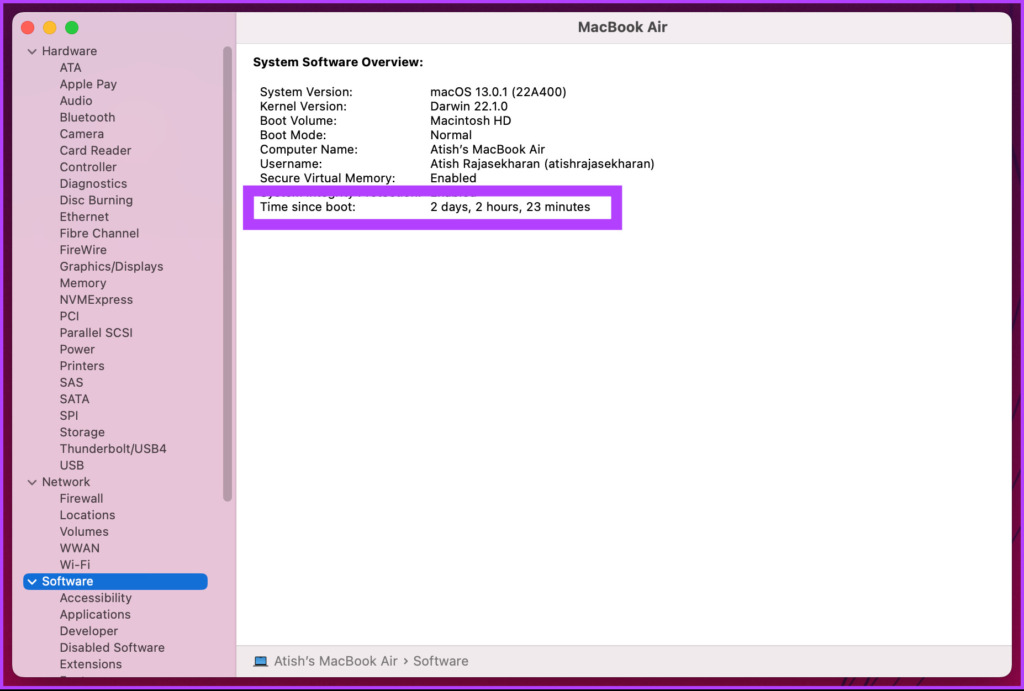
Theres another way to check Macs uptime, which involves using Terminal.
The involvement of the Terminal may make the steps look complicated, but it is not.
Note: If the step seems confusing, there aredifferent ways to bring up the Terminal on Mac.

Step 2: Now, punch in the below command and press Return.
Note: You may wonder about 2 users; it is the norm that Macs follow.
Aside from your user account, your Mac also needs a root macOS account to function.
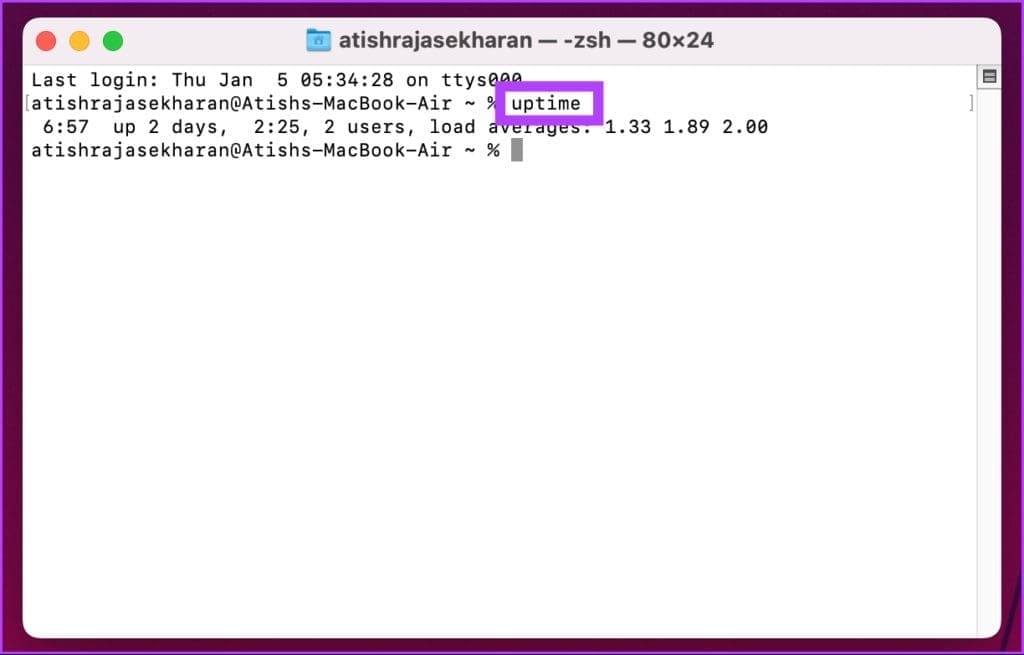
Pretty easy to follow.
This method will involve using the Terminal app.
In case you are wondering, yes, there aremany things you’re able to do using Terminal.
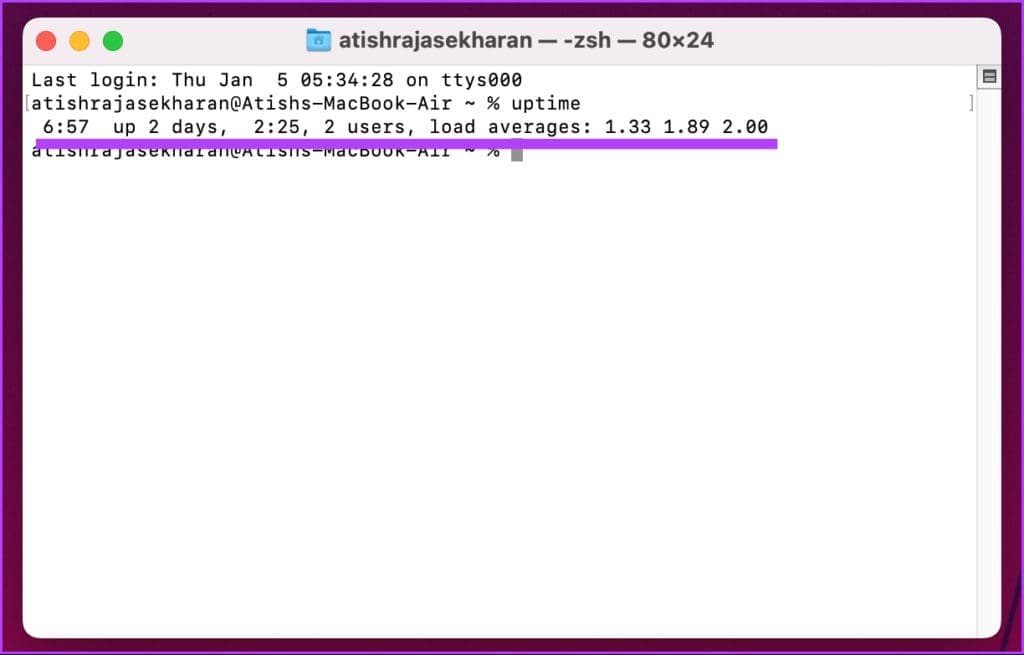
The steps are easy to follow and understand.
Step 2: jot down the below command and press Return.
The above command will let you see all the reboots with the date and time.
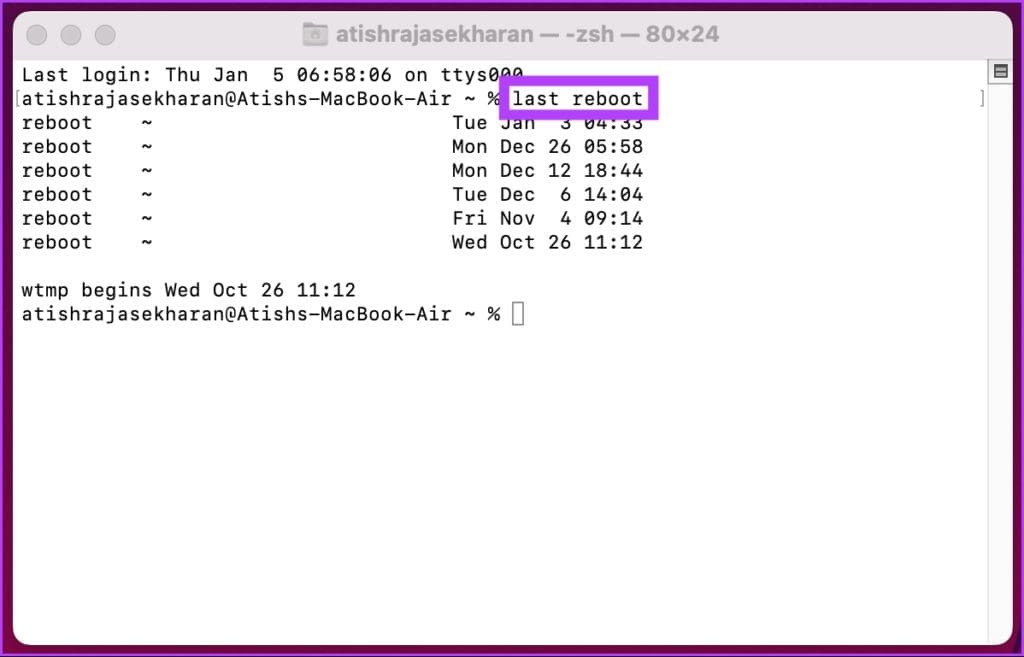
Now that you know your Macs reboot, you may also want to know your Macs shutdown history.
How to See Shutdown History on Mac Using Terminal
There you have it.
If you have any queries, check out the FAQ section below.
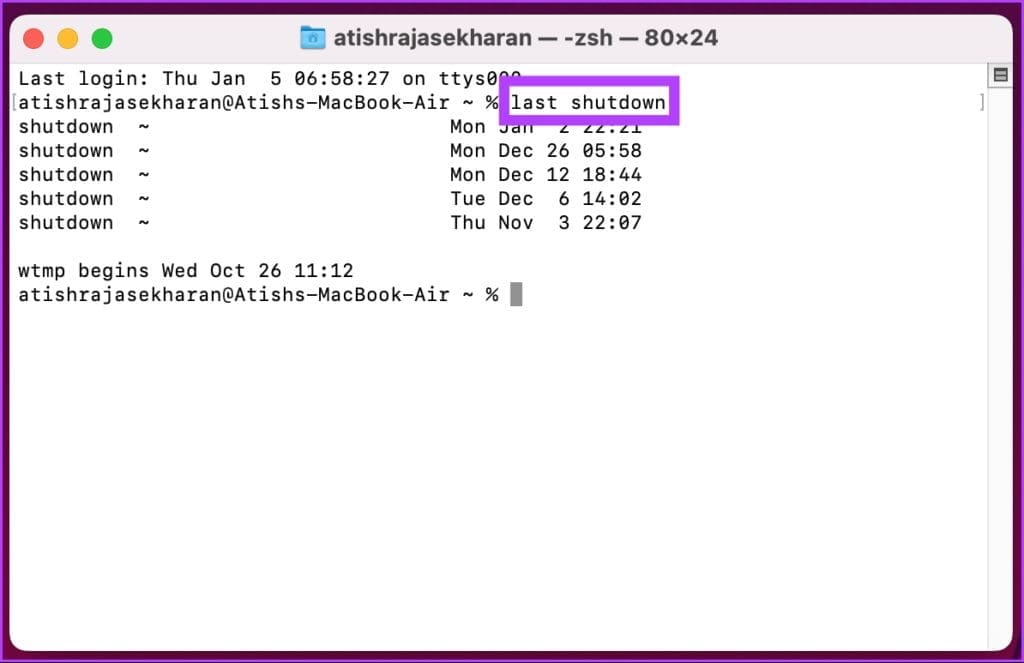
No, rebooting your Mac will not delete any of your files.
It simply restarts the operating system, which closes all open programs and reboots the system processes.
It can help identify if a particular program or process is causing issues.

It is useful when troubleshooting specific problems or issues with your Mac.
Was this helpful?
The content remains unbiased and authentic and will never affect our editorial integrity.


